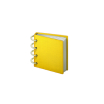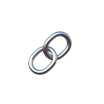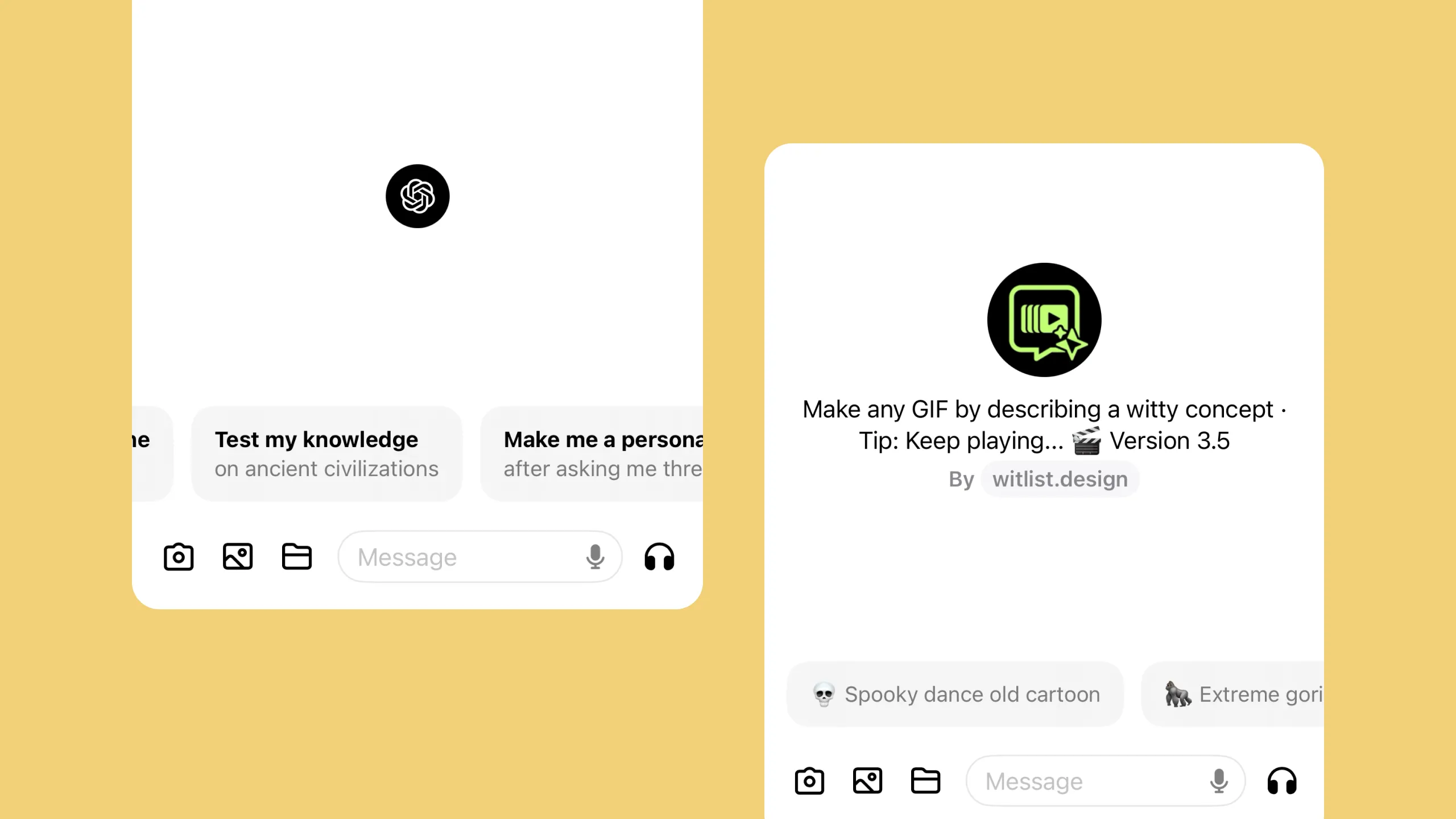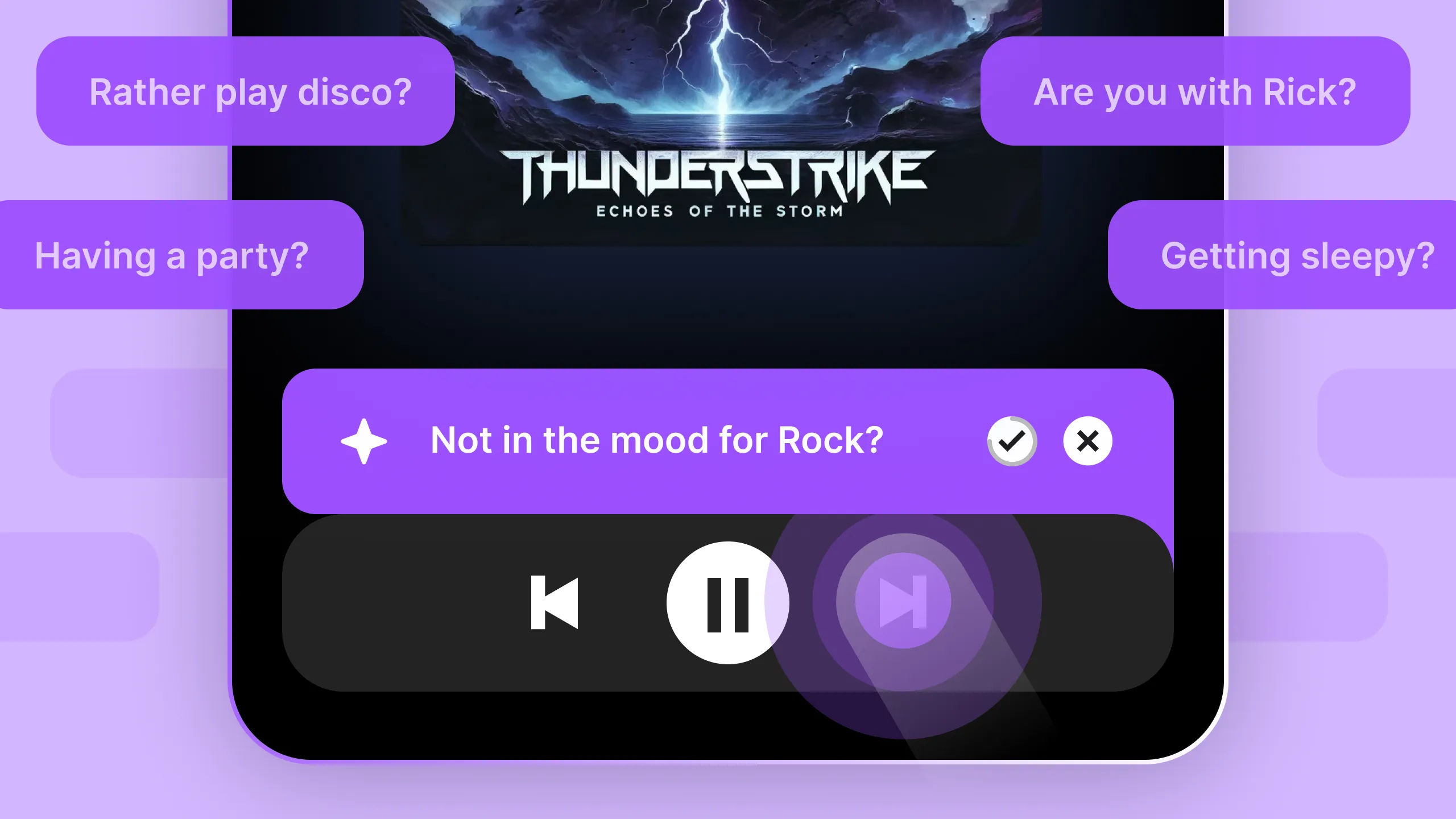Classifying topics
AI excels at classifying vast amounts of content, presenting an opportunity for new, more fluid filter interfaces tailored to the content.


When there is a large amount of content, I want an easy way to search through it so I can quickly find the relevant information for me.


- Limitations of Conventional Filters: In conventional interfaces, filters consist of a fixed set of categories and tags. As time passes, more tags are added and content changes. This can clutter the filter interface and hinder people in finding the information they are looking for.

More of the Witlist

Based on your selection and situation, context menus can help you discover actions and access them quickly.

Referencing nested data from your database in the form of tags can simplify the creation of elaborate prompt formulas.

Starting with a blank canvas can be intimidating, but providing prompt starters can help individuals overcome this initial hurdle and jumpstart their creativity.

AI actions often take time to complete. To improve user experience, use descriptions of what is happening combined with basic animations that represent different types of actions.

When an observation is added to the context from an implicit action and a prediction is made, users should be able to easily evaluate and dismiss it.

AI can enhance live chat streams by analyzing real-time data, identifying trends, and driving interactive elements like voting to boost audience engagement.